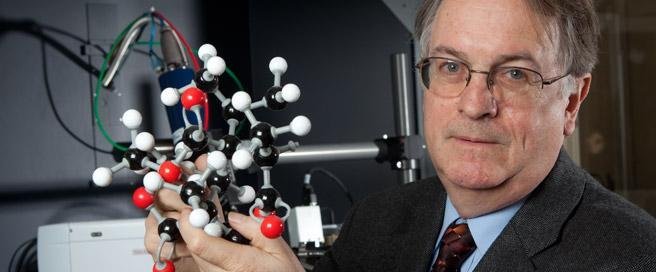The first mobile phone is a century old, but cell phones didn’t take off until the 1980s.
You might be surprised to hear that the original precursor of the iPhone is quite old – over a century old, to be exact.
The first mobile phone was made in 1910 by the Swedish inventor Lars Magnus Ericsson, who later founded the tech giant Ericsson. To be fair, this mobile device was a car phone and to function it actually had to be directly connected to telephone lines using a wire.
But it led to the invention of an even more mobile device in 1917. This second iteration was made by a Finnish inventor named Eric Tigerstedt and it was truly wireless. It was a flip phone with certain similarities to modern mobile phones, featuring a thin, minimalist aesthetic.
But despite these early innovations, mobile phones didn’t catch on until the 1980s and it wasn’t until the 1990s that the first “smartphone” was produced. That’s right, decades before the iPhone, Frank Canova Jr., then an engineer at IBM, produced the Simon Personal Communicator, or the Simon for short. It was the first mobile phone that featured a computer.

Source
And therein lay the actual innovation of the product: it boasted a touchscreen and applications, the features that made it “smart.”
In fact, Canova’s initial goal was to add all manner of apps, like GPS and a stock ticker. He even developed some of them, but in the end the hard drive of the device couldn’t support them all. With the few apps and games the phone came with, it was already as big as a brick.
This was a major issue in creating a popular smartphone; the technology just wasn’t there yet and the issue of size also explains why the Simon’s successor, the Neon, never even went to market. Nonetheless, these early innovations were important inspirations for the inventors of the iPhone, two decades down the line.
The battery in your iPhone is rechargeable thanks to years of research, trial and error.
One of the most remarkable things about the iPhone is its battery capacity. Interestingly, the technology behind this super battery has somewhat unusual origins. It dates to the oil crisis of the 1970s, when prices were soaring and the public was getting uneasy – and scientists everywhere were asking whether there might be a way to decrease dependence on oil.
This fear resulted in greater alternative-energy research. Exxon, for instance, hired a brilliant Stanford University chemist, Stan Whittingham, whose job it was to find new energy sources. And his work broke new ground.
At the time, the most common batteries were made of zinc and carbon. Panasonic had recently produced a lithium-based battery, but it wasn’t rechargeable.
Today, the lithium battery in the iPhone is rechargeable, and we have researchers like Whittingham and the brilliant physicist John Goodenough, to thank for it. Here’s how it works:
When a battery is used, electrical current in the form of electrons travels through an electrolyte from one electrode – the anode – to another, the cathode. If the battery is capable of being recharged, an energy source, say a wall outlet, reverses the flow of current. Essentially, it causes energy to travel back to where it came from, making the battery reusable.
However, in his early experiments, Whittingham was experiencing some serious issues; namely, his batteries kept overheating and catching fire. Luckily, John Goodenough solved the problem. Unlike Whittingham, who used titanium in his lithium battery, Goodenough used cobalt oxide. This chemical combination resulted in a more stable battery that’s still widely used to this day in all manner of electronics, the iPhone included.
In fact, in 2015, the lithium-ion battery market was worth $30 billion, and that number is expected to grow to an incredible $77 billion by 2024. This dramatic projected increase is in large part due to the rising interest in electric cars, evidenced by the opening of Tesla’s Gigafactory, the world’s largest lithium-ion battery plant.
(will be continued...)


Congratulations! This post has been upvoted from the communal account, @minnowsupport, by Aki0007 from the Minnow Support Project. It's a witness project run by aggroed, ausbitbank, teamsteem, theprophet0, someguy123, neoxian, followbtcnews, and netuoso. The goal is to help Steemit grow by supporting Minnows. Please find us at the Peace, Abundance, and Liberty Network (PALnet) Discord Channel. It's a completely public and open space to all members of the Steemit community who voluntarily choose to be there.
If you would like to delegate to the Minnow Support Project you can do so by clicking on the following links: 50SP, 100SP, 250SP, 500SP, 1000SP, 5000SP.
Be sure to leave at least 50SP undelegated on your account.
This post has received a 3.77 % upvote from @getboost thanks to: @aki0007.
I did not get your vote, ,I give you 0.2 $SBD . please give me an upvote on this post or return my money.
https://steemit.com/budget/@tanmoykumer/you-know-what-happens-when-the-heartline-of-the-two-hands-27-01-2018